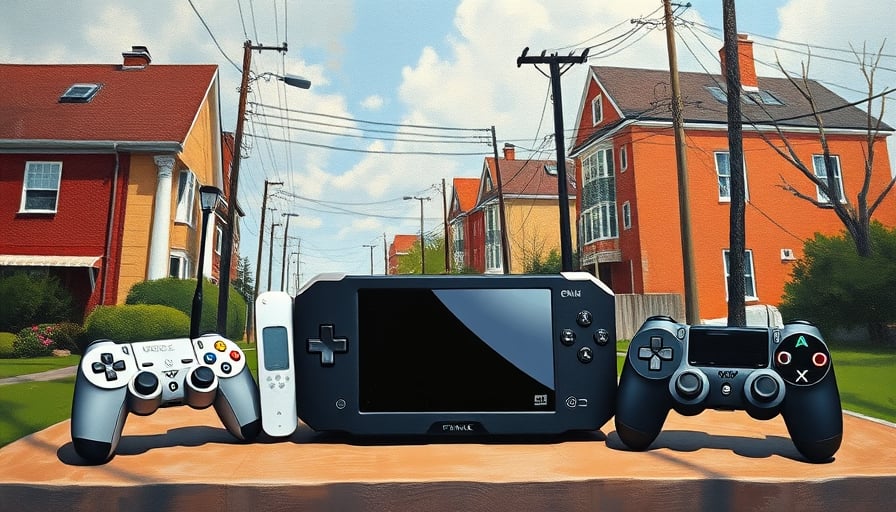Ubisoft Entertainment SA faces a strategic reshuffle
Ubisoft’s latest corporate maneuver—an announced restructuring of its RedLynx studio—marks a decisive step in the company’s broader effort to tighten costs and refocus on high‑margin, small‑screen titles. The plan, disclosed by the French publisher on 22 October 2025, threatens up to 60 jobs, most of them in production and technical support, and signals a shift from multi‑platform racing games toward mobile‑centric experiences.
The RedLynx proposal in context
RedLynx has long been the creative force behind Ubisoft’s Trials racing franchise, a series that has generated substantial revenue and a loyal fan base. The restructuring, as outlined in the company’s communiqué, will realign the studio’s operations to “small screens”, effectively narrowing its scope and, implicitly, its revenue streams. The proposal has already drawn criticism from industry observers who fear that the Trials franchise could suffer from reduced investment and creative autonomy.
The decision follows a wave of parallel restructurings announced by Ubisoft in other studios:
- Massive (Sweden) – a voluntary exit program for staff, tied to the launch of Star Wars Outlaws.
- Finnish studio (unspecified) – a structural reorganization aimed at streamlining development pipelines.
These moves illustrate a company-wide push to reduce overhead, accelerate time‑to‑market, and sharpen its competitive edge in an increasingly crowded entertainment landscape.
Market reaction and investor sentiment
The announcement coincided with a modest uptick in share price—+0.17 %—as traders weighed the immediate cost savings against potential long‑term revenue erosion. Despite the brief rally, Ubisoft’s stock remains under pressure:
| Metric | Value |
|---|---|
| Close price (2025‑10‑20) | €8.21 |
| 52‑week high (2024‑11‑03) | €14.50 |
| 52‑week low (2025‑04‑06) | €7.76 |
| Market cap | €1.11 billion |
With a 52‑week range that has already shrunk to roughly 42 %, the company’s valuation sits far below its historical peak. The restructuring is therefore seen as a double‑edged sword: a necessary cost‑cutting measure that risks alienating a devoted fan base and jeopardizing future IP development.
Strategic implications
Ubisoft’s pivot toward small‑screen gaming aligns with broader industry trends where mobile platforms dominate global revenue shares. Yet, the company’s core identity—high‑quality, immersive experiences—has traditionally thrived on PC and console ecosystems. The RedLynx proposal risks diluting that brand equity unless the studio can demonstrate a clear competitive advantage in the mobile arena.
Moreover, the layoffs will reduce the company’s capacity to respond swiftly to market changes. While a leaner workforce may improve efficiency, it may also constrain the ability to iterate rapidly on new ideas or to maintain multiple franchises simultaneously.
Conclusion
Ubisoft Entertainment SA’s decision to restructure RedLynx and other studios reflects a pragmatic, albeit risky, strategy to survive an increasingly competitive entertainment sector. Investors must now balance the allure of immediate cost reductions against the potential loss of creative talent and flagship IPs. The company’s future success will hinge on its ability to translate this restructuring into tangible revenue growth while preserving the high standards that have defined its brand for decades.
